Plants or Crops
All Plants or Crops Content

South Dakota Tar Spot Update: November 8, 2024
In late October, tar spot was identified on dried field corn being sold for decoration at a big box store in eastern South Dakota. This fungal disease can be identified by the black lesions that are on both sides of the leaf.
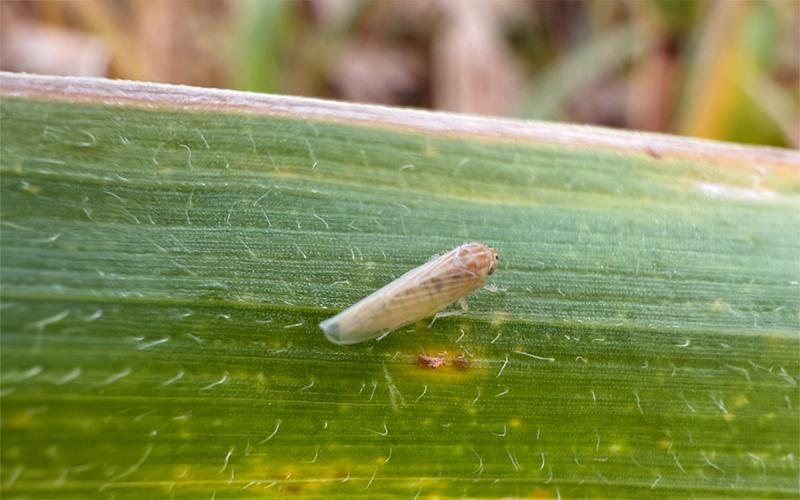
Corn Stunt in South Dakota
In late September, a sample received from Deuel County was confirmed positive for corn stunt, a disease spread through corn leafhopper feeding. This diagnosis is the furthest north corn stunt has ever been confirmed and reported in the United States.
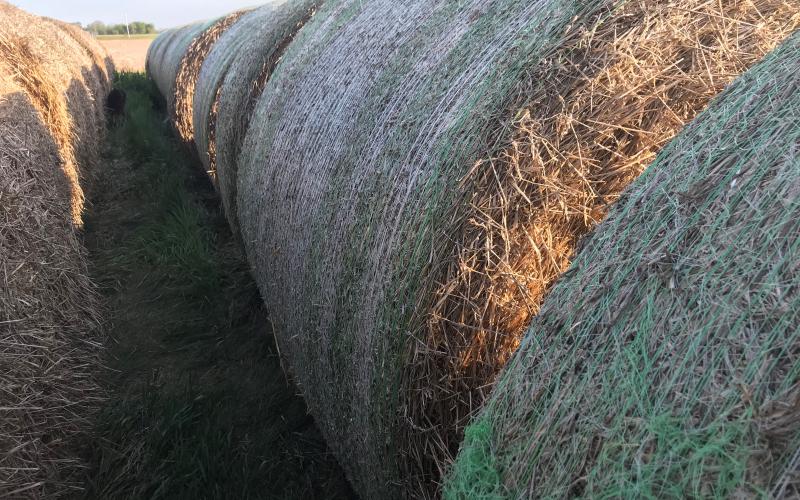
Learn about forage rye, livestock feed at Northern Plains Forage Association annual meeting
November 06, 2024
South Dakota State University Extension encourages producers to attend the Northern Plains Forage Association annual meeting and seminars, which will feature forage-related education and research.
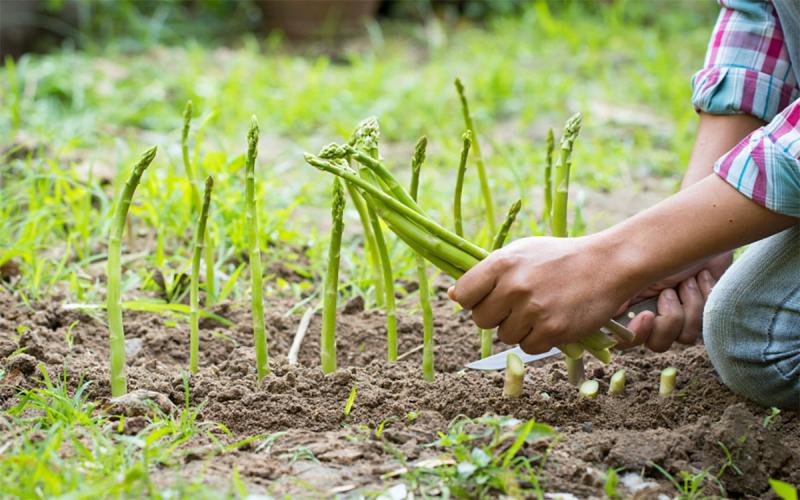
Asparagus: How to Grow It
One of the joys of spring is fresh asparagus. With a little attention, this perennial vegetable can flourish in your garden. Learn some expert tips for planting, growing, and harvesting it in this resource!
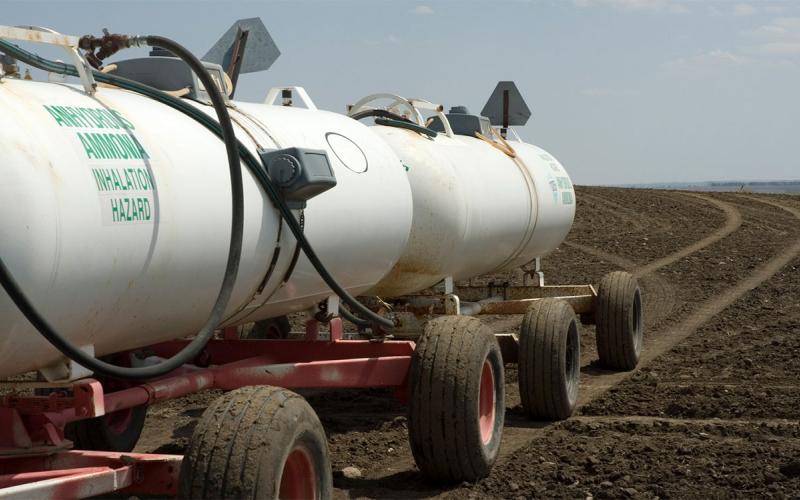
Starter Fertilizer Calculator and Final Report
Decision aid to assist crop planners in selecting the maximum safe fertilizer rate that can be applied with the seed for various crops.
The Mortenson Ranch Story: Balancing Environment and Economics
The Mortenson Ranch Story is a remarkable account of the restoration of a western South Dakota landscape devastated early in the 20th century by homesteading and drought.
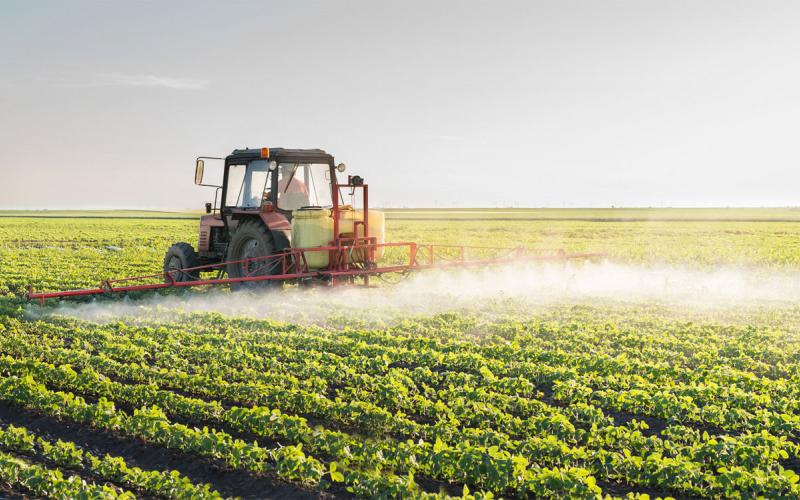
Current State of Row Crop Weed Management in South Dakota
Results of an online survey to determine how South Dakota stakeholders are currently managing row crop weeds.

Should We Sell Corn Stalks?
Grazing and baling corn stalks can offer producers financial and agronomic benefits, and also provide feed resources for cattle producers. Learn how to determine if it's the right decision for your operation.
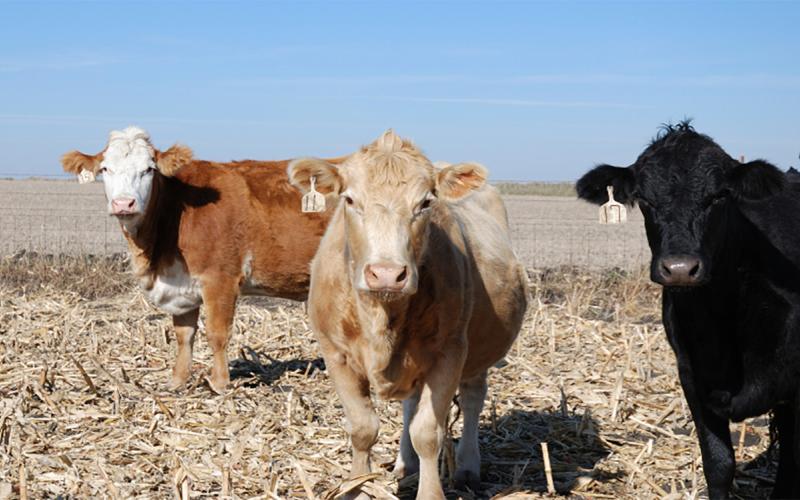
Corn Stalk Rental Rates
Corn stalk acres have long been a source of feed for livestock producers. But how much should producers charge to graze them, and what factors should they consider when developing a rental agreement?
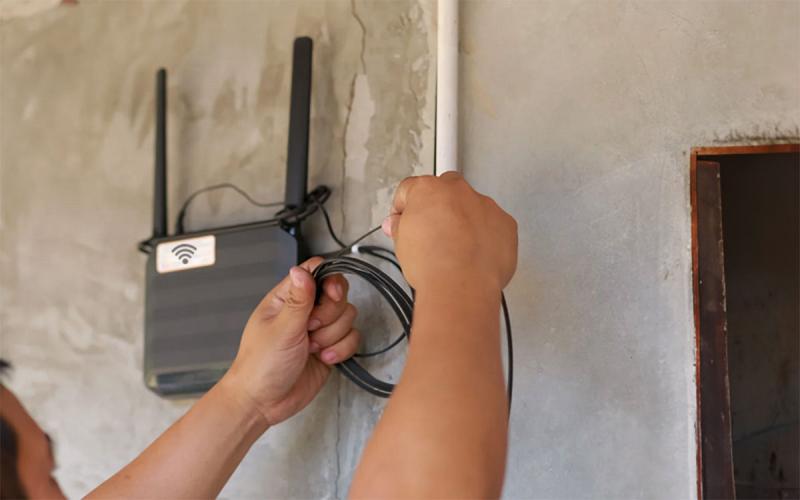
Choosing the Right Wireless Network Technologies for Agricultural Internet-Of-Things Applications
The Agricultural Internet-of-Things remotely connects various farm devices and equipment throughout an operation. This article takes a look at several prevalent wireless network technologies, focusing on their potential application scenarios in precision agriculture.